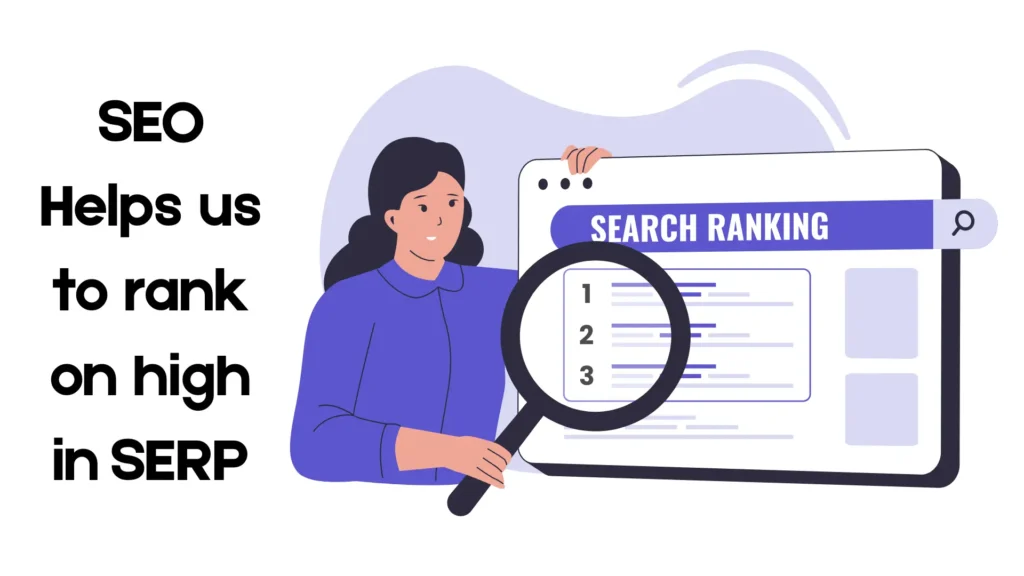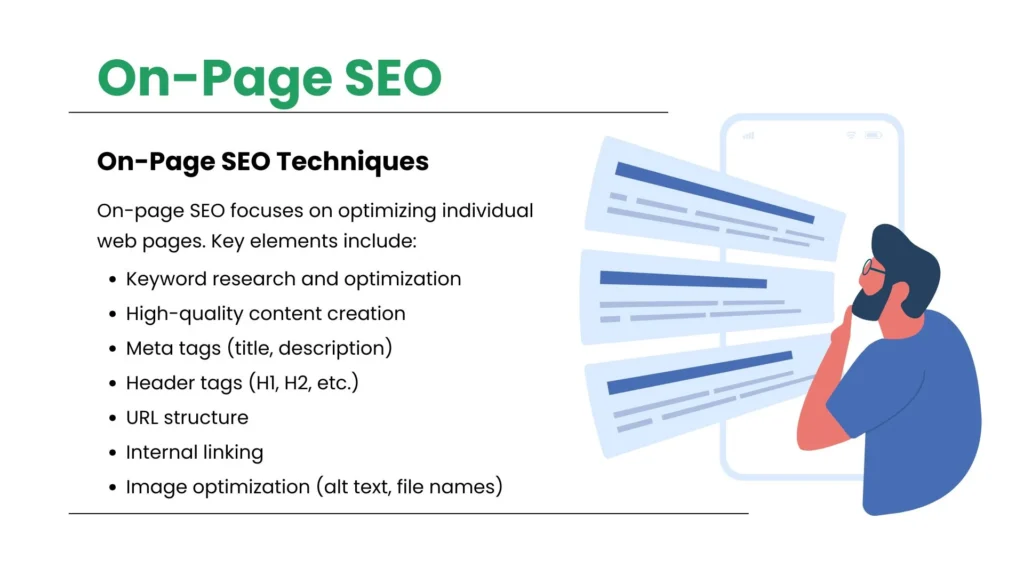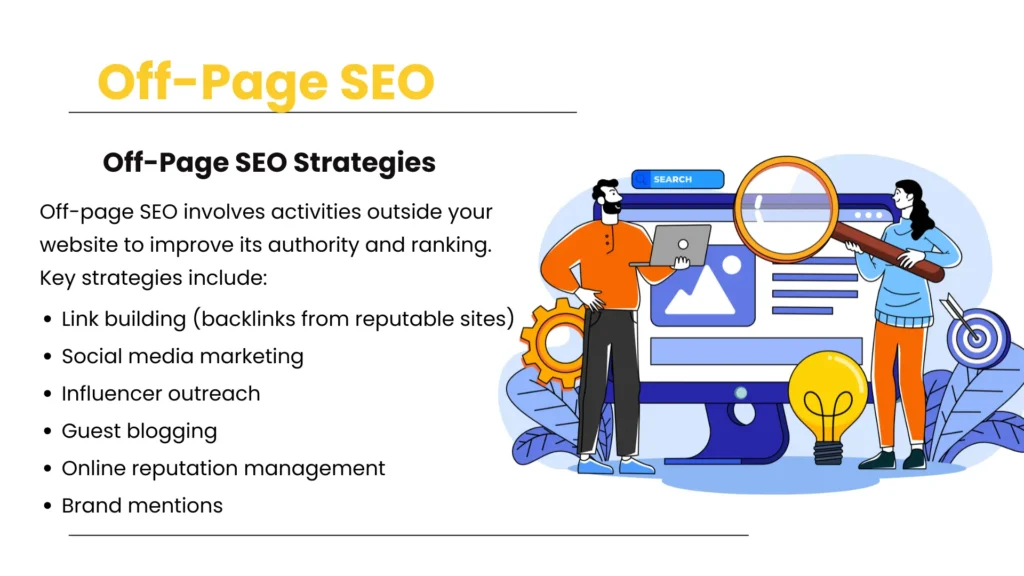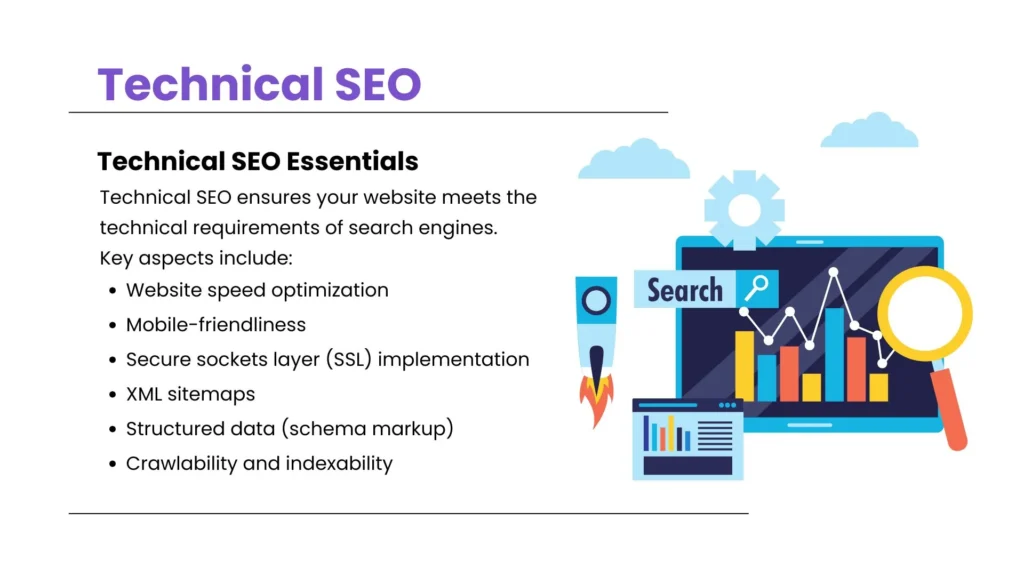What is SEO, and How Does It Work?

Introduction — The Power of Visibility in the Digital World
Have you ever searched for something on Google and wondered why certain websites appear at the top? That’s no accident—it’s the magic of SEO. Whether you’re a small business owner, blogger, or just getting started online, understanding SEO can help your website shine on the internet. In this blog, we’ll explain SEO in simple words, how it works step by step, and how you can use it effectively.
What is SEO? (Search Engine Optimization Explained Simply)
SEO stands for Search Engine Optimization. It’s the process of improving your website to increase its visibility when people search for products, services, or information related to your business on search engines like Google.SEO meaning in simple terms: Imagine you own a bookstore. SEO is like placing signs on busy roads so more people visit your shop. The more optimized your website is, the easier it is for search engines to understand and recommend it to users.
Why is SEO Important for Websites and Businesses?
- 75% of people never scroll past the first page of search results.
- It builds trust and credibility with users.
- SEO helps drive organic (free) traffic to your website.
Whether you’re launching a blog or running a local business, SEO helps you reach the right audience without spending money on ads.
How Does SEO Work Step by Step?
Step 1: Understanding How Search Engines Work
Search engines like Google use bots to crawl web pages, index them, and decide how to rank them.
Step 2: Keyword Research
Find out what your audience is searching for using tools like:
- Google Keyword Planner
- Ubersuggest
- SEMrush
Step 3: On-Page SEO
Optimize individual pages with:
- Clear title and headers
- Meta descriptions
- Keywords used naturally
Step 4: Off-Page SEO
Includes things like:
- Getting backlinks (links from other sites)
- Building a social media presence
Step 5: Technical SEO
This ensures your site loads fast, is mobile-friendly, and it is secure (HTTPS).
Types of SEO Explained
On-Page SEO
Improving content and HTML source code.
It is all about making sure your website has useful, clear, and relevant content.
Use clean URLs: Instead of “site.com/p123,” use “site.com/best-coffee-tips.”
Use the right keywords: What are people searching for? Include those words naturally in your content.

Off-Page SEO
Building reputation through backlinks and external signals.
It is about getting other websites to recognize you as an expert.
Guest Posting: Writing for other blogs gets you more exposure and backlinks.
Backlinks : When trusted websites link to you, Google sees you as credible.
Social Media & PR : Sharing content on platforms like LinkedIn or Twitter helps people discover you.
Write valuable content: Answer common questions and provide useful information.
Make it easy to navigate: Link to other helpful pages on your site.

Technical SEO
Enhancing site structure, speed, and mobile usability.
- Mobile-Friendly Design : Most searches happen on phones, so your site should work well on mobile.
- Fast Loading Speed: Slow sites drive people away. Keep your site under 2 seconds to load.
- Secure Website (HTTPS): Google ranks secure websites higher.
- Proper Site Structure: Use sitemaps and good coding practices to help search engines index your pages.

Local SEO
Optimizing your site for location-based searches—great for local shops or services.
How SEO Works for Websites in Real Life
Example: A bakery in Delhi improved its Google rankings by:
- Posting blogs about birthday cake trends
- Getting listed on Google Maps
- Receiving customer reviews
In three months, they saw a 60% increase in traffic and more orders online.
Does SEO Really Work?
Yes—if done consistently. SEO isn’t a quick fix. It’s a long-term strategy that brings lasting results.
Benefits of SEO for Different Users
For Bloggers
- More readers
- Higher ad revenue and affiliate sales
For Small Businesses
- Cost-effective promotion
- Attracts local customers
For Startups
- Builds online visibility
- Creates brand awareness from day one.
Important SEO Statistics & Insights
- 68% of online experiences begin with a search engine.
- SEO leads have a 14.6% close rate, compared to 1.7% for traditional ads.
- Google processes over 8.5 billion searches a day.
Difference Between SEO and SEM
SEO (Search Engine Optimization) helps you rank organically.
SEM (Search Engine Marketing) involves paid ads.
SEO = Free but long-term
SEM = Paid but immediate
Both have their place, but SEO is better for long-term trust and cost savings.
How to Do SEO: A Beginner’s Roadmap
Tools to Get Started:
- Google Search Console
- Yoast SEO Plugin (for WordPress)
- Ahrefs or Moz for research
Common Beginner Mistakes:
- Stuffing too many keywords
- Not optimizing images
- Ignoring mobile users
Actionable Tips
- Start with 1 or 2 important pages.
- Write useful, original content.
- Use relevant keywords naturally.
Conclusion — SEO is an Ongoing Journey, Not a One-Time Trick
Learning SEO is like learning to ride a bike. At first, it may seem complicated, but once you get the hang of it, the benefits are endless. Whether you’re running a blog, a small business, or just curious, SEO can take your digital presence to the next level.
Ready to Make SEO Work for You?
Have questions or are stuck somewhere? Drop a comment below
Want more helpful tips? Subscribe to our blog and share this post with someone who needs a beginner-friendly SEO guide.